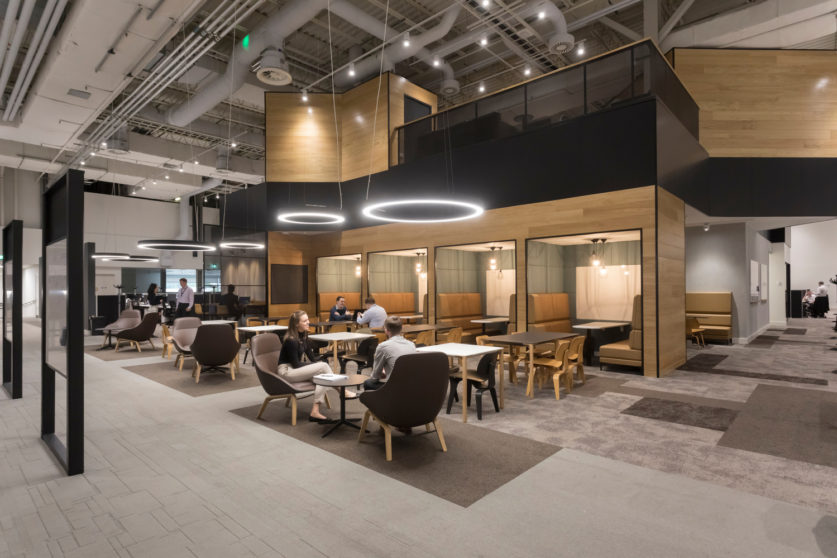HPE Erskine in Scotland. Photo © Andrew Smith SG Photography.
Who isn’t stressed these days? Work contributes to a significant source of stress for 60% of Americans. So much so that stress has been called the “health epidemic of the 21st century” by the World Health Organization. Not only does it impact peoples health, but job-related stress can be harmful to business. It currently accounts for an estimated $300 billion in U.S. industry costs annually, resulting from accidents, absenteeism, employee turnover, diminished productivity, direct medical, legal, and insurance costs. The epidemic of stress appears to be one of the most significant challenges facing businesses over the next decade.
Why are we all stressed out?
The causes of workplace stress vary widely. Much of this is because stress is very personal. While one person may become stressed by the severely monotonous qualities of working on an assembly line, another may find the same job predictably reassuring. Some commonalities stick out: perceived lack of control, workload, and digital communication overload. Workplace stress is a big, complicated issue and workplace design won’t solve on its own. But, as designers, there are steps we can take to create a less stressful environment for clients.


